Fighting a species-level threat like Covid-19 requires the best brains from disciplines as varied as chemistry, AI, sociology and psychology.
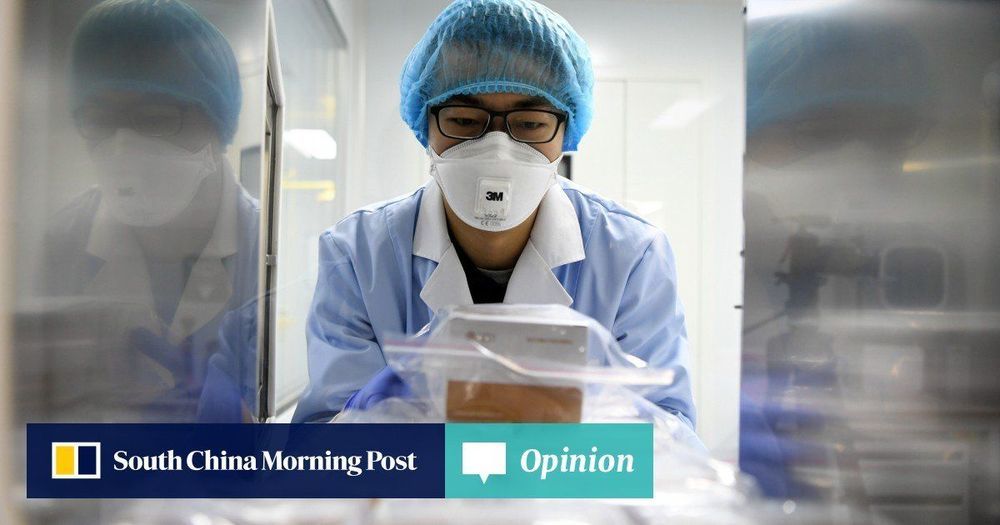

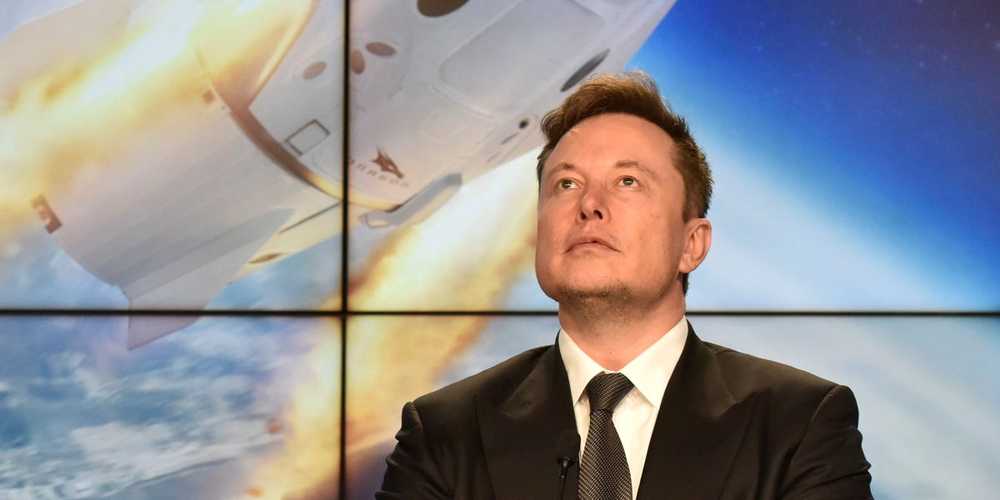
It seems like there’s nothing Elon Musk can’t do.
As CEO of SpaceX and Tesla, founder of The Boring Company, and cofounder of OpenAI and Neuralink, Musk seems to be everywhere all at once, pushing all kinds of futuristic technologies. He’s said he won’t be happy until we’ve escaped Earth and colonized Mars.
Between space rockets, electric cars, solar batteries, and the billions he’s made along the way, Musk is basically a real-life Tony Stark — which is why he served as an inspiration for Marvel’s 2008 “Iron Man” film.
VICE gained exclusive access to a small fleet of US Army bomb disposal robots—the same platforms the military has weaponized—and to a pair of DARPA’s six-foot-tall bipedal humanoid robots. We also meet Nobel Peace Prize winner Jody Williams, renowned physicist Max Tegmark, and others who grapple with the specter of artificial intelligence, killer robots, and a technological precedent forged in the atomic age. It’s a story about the evolving relationship between humans and robots, and what AI in machines bodes for the future of war and the human race.
About VICE:
The Definitive Guide To Enlightening Information. From every corner of the planet, our immersive, caustic, ground-breaking and often bizarre stories have changed the way people think about culture, crime, art, parties, fashion, protest, the internet and other subjects that don’t even have names yet. Browse the growing library and discover corners of the world you never knew existed. Welcome to VICE.
Connect with VICE:
Check out our full video catalog: http://bit.ly/VICE-Videos
Videos, daily editorial and more: http://vice.com
More videos from the VICE network: https://www.fb.com/vicevideo
Like VICE on Facebook: http://fb.com/vice
Follow VICE on Twitter: http://twitter.com/vice
Follow us on Instagram: http://instagram.com/vice
The VICE YouTube Network:
VICE: https://www.youtube.com/VICE
MUNCHIES: https://www.youtube.com/MUNCHIES
VICE News: https://www.youtube.com/VICENews
VICELAND: https://www.youtube.com/VICELANDTV
Broadly: https://www.youtube.com/Broadly
Noisey: https://www.youtube.com/Noisey
Motherboard: https://www.youtube.com/MotherboardTV
VICE Sports: https://www.youtube.com/NOC
i-D: https://www.youtube.com/iDmagazine
Waypoint: https://www.youtube.com/Waypoint
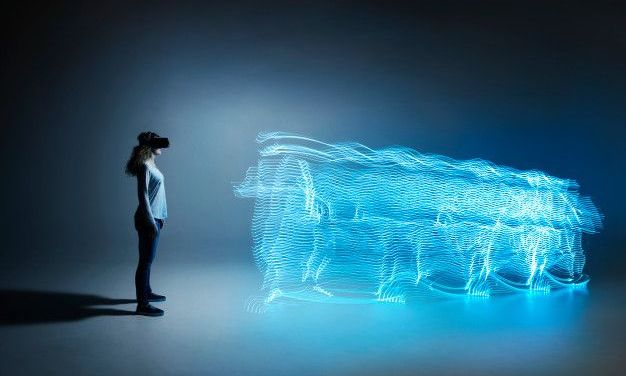
For the next installment of the informal TechCrunch book club, we are reading the fourth story in Ted Chiang’s Exhalation. The goal of this book club is to expand our minds to new worlds, ideas, and vistas, and The Lifecycle of Software Objects doesn’t disappoint. Centered in a future world where virtual worlds and generalized AI have become commonplace, it’s a fantastic example of speculative fiction that forces us to confront all kinds of fundamental questions.
If you’ve missed the earlier parts in this book club series, be sure to check out:

Bill-gates-thinks-gene-editing-artificial-intelligence-save-world.
Microsoft co-founder Bill Gates has been working to improve the state of global health through his nonprofit foundation for 20 years, and today he told the nation’s premier scientific gathering that advances in artificial intelligence and gene editing could accelerate those improvements exponentially in the years ahead.
“We have an opportunity with the advance of tools like artificial intelligence and gene-based editing technologies to build this new generation of health solutions so that they are available to everyone on the planet. And I’m very excited about this,” Gates said in Seattle during a keynote address at the annual meeting of the American Association for the Advancement of Science.
Such tools promise to have a dramatic impact on several of the biggest challenges on the agenda for the Bill & Melinda Gates Foundation, created by the tech guru and his wife in 2000.


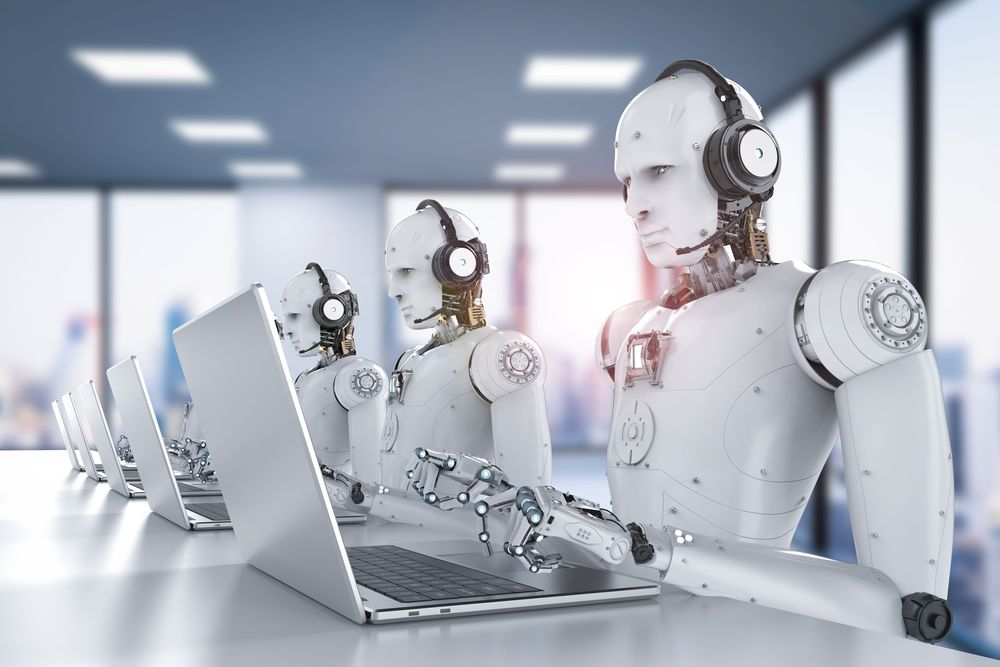
According to a new study from Oxford Economics, within the next 11 years there could be 14 million robots put to work in China alone.
Economists analyzed long-term trends around the uptake of automation in the workplace, noting that the number of robots in use worldwide increased threefold over the past two decades to 2.25 million.
While researchers predicted the rise of robots will bring about benefits in terms of productivity and economic growth, they also acknowledged the drawbacks that were expected to arise simultaneously.
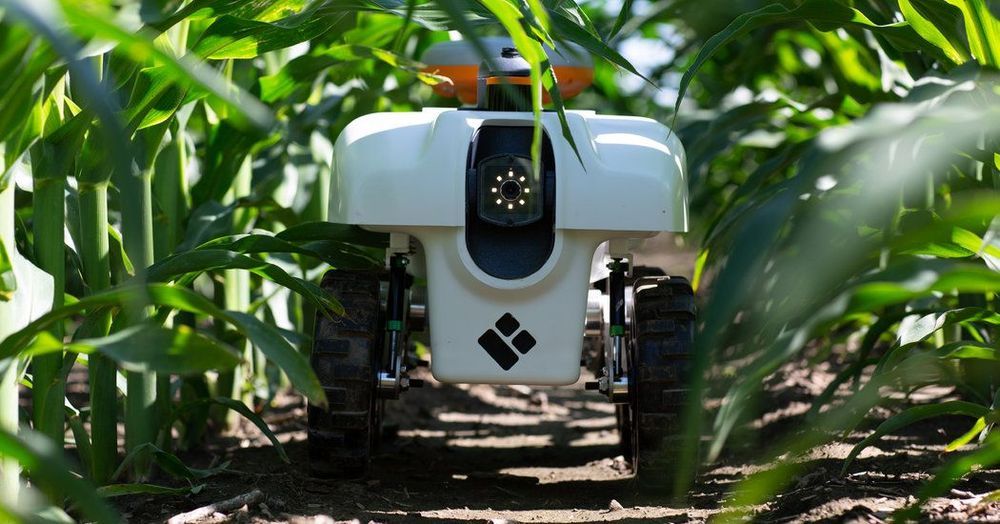

Lifespan.io
A new study published in mSystems, a journal from the American Society for Microbiology, shows that the skin and mouth microbiomes are better predictors of age than the gut microbiome.
A very broad study
The authors used a very large population that is highly impressive among studies of this kind. Previously, a team containing some of the same researchers had done a gut microbiome study of over four thousand people from multiple countries [1]. This time, the researchers took skin, saliva, and fecal samples from roughly 2,000, 2,500, and 4,500 people, respectively; this study was done with nearly 9,000 people in total, and the team stated that it was the most comprehensive microbiome study done to date. The team used a “random forest” machine learning approach to determine what microbiota were and were not predictive of age [2].